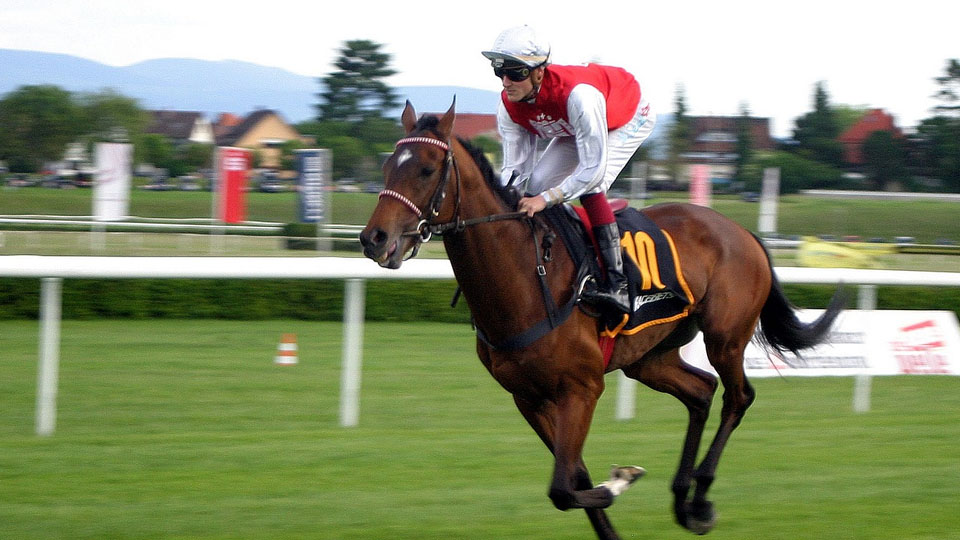Horse racing is a sport that is popular all around the globe and it comes in two formats that have varying levels of international interest and presence on the annual calendar – flat racing and jump racing.
Flat racing revolves around pure speed and is the genre that has molded some of the biggest races and festivals in the world. Meanwhile, jump racing features fences or hurdles and is a tougher test of strategy and stamina.
The former is represented in major events from Europe to North America, Australia, and beyond. In contrast, the prestigious races featuring jumps – known as National Hunt racing – tend to only feature on the United Kingdom schedule.
Here is everything you need to know about jump racing, from its biggest festivals to how the format was established originally.
The Biggest Jump Racing Festivals
Considering the global picture, the two biggest jump racing festivals are UK events – the Cheltenham Festival and the Grand National.
The former takes place in March each year and its headline race is the Gold Cup. The favorite to win in 2024 is Galopin Des Champs according to the Cheltenham odds at -120.
The festival will be followed by fans all around the world and there are many Cheltenham betting offers available internationally to reflect that level of interest and allow fans of the sport to get involved in the action.
A win for Galopin Des Champs would cement its status as one of the leading racehorses in the National Hunt racing format, and the champion of the subsequent Grand National event would stand alongside it.
LIVE from the home of the world’s greatest steeple chase 🤩 pic.twitter.com/YJRz3zCaoA
— Aintree Racecourse (@AintreeRaces) January 15, 2024
The Grand National rounds out the main jump racing reason annually in April – the schedule roughly runs from October to April. It is undoubtedly the most prestigious jump racing festival as The Grand National started more than 180 years ago in 1839 whilst Cheltenham’s first-ever edition was in 1960.
The event has taken place at Aintree Racecourse in Liverpool for the duration of its history which makes the venue arguably the home of steeplechase racing.
Both Cheltenham and the Grand National consistently attract the biggest names in jump racing to compete in their events, and they are by no coincidence the most widely followed festivals in the National Hunt racing format as a result.
The Origins of Jump Racing
While the modern heart of jump racing is located in England, it was created in Ireland where the first race took place in 1752.
It took around half a century for the obstacle-based format to spread to the UK, as the first regulated race featuring fences was recorded at Bedford in 1810.
The first-ever hurdles race took place at Durdham Down near Bristol in 1821. In the following decades, those initial races blossomed into the creation of what would turn out to be prestigious UK festivals focused on national hunt racing.
However, jumps have also spread around various areas of Europe and beyond in the time since. France for example has a purpose-built steeplechase course at Auteuil in Paris which hosts the Grand Steeplechase Grade I race every year.
Other nations where jump racing is prevalent include Czechia, the United States, and Japan, although the significance and regularity of their events compared to flat racing simply do not compare.
Welcome home racing fans #CheltenhamFestival pic.twitter.com/QNMrUeFC7p
— CheltenhamRacecourse (@CheltenhamRaces) March 15, 2023
Apart from in the UK, Ireland, and France, jump racing is an extremely rare form of horse racing in terms of its distribution across the wider world.
Since flat horse racing began at a regulated level in 17th century England it has spread like wildfire all over the planet, yet jump racing has not quite been delivered the same fate.
The two big English festivals can fly the flag for jump racing alone though as each year they are broadcast to hundreds of millions of international fans.








Recent Comments